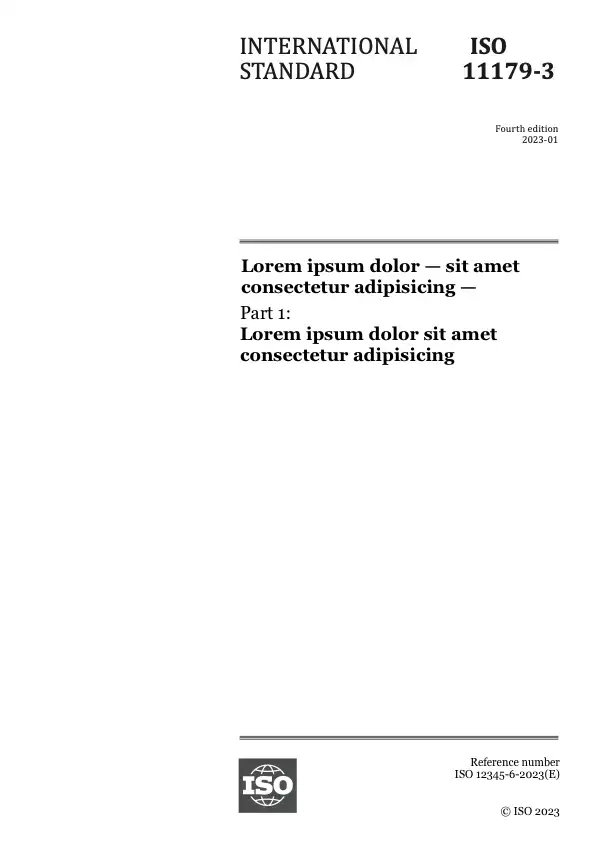Résumé
ISO 12494:2017 describes the general principles of determining ice load on structures of the types listed in this clause.
In cases where a certain structure is not directly covered by this or another standard or recommendation, designers can use the intentions of this document. However, it is the user's responsibility to carefully consider the applicability of this document to the structure in question.
The practical use of all data in this document is based upon certain knowledge of the site of the structure. Information about the degree of "normal" icing amounts (= ice classes) for the site in question is used. For many areas, however, no information is available.
Even in such cases, this document can be useful because local meteorologists or other experienced persons should be able to, on the safe side, estimate a proper ice class. Using such an estimate in the structural design will result in a much safer structure than designing without any considerations for problems due to ice.
CAUTION It is extremely important to design for some ice instead of no ice, and then the question of whether the amount of ice was correct is of less importance. In particular, the action of wind can be increased considerably due to both increased exposed area and increased drag coefficient.
ISO 12494:2017 is intended for use in determining ice mass and wind load on the iced structure for the following types of structure:
- masts;
- towers;
- antennas and antenna structures;
- cables, stays, guy ropes, etc.;
- rope ways (cable railways);
- structures for ski-lifts;
- buildings or parts of them exposed to potential icing;
- towers for special types of construction such as transmission lines, wind turbines, etc.
Atmospheric icing on electrical overhead lines is covered by IEC (International Electrotechnical Commission) standards.
This document is intended to be used in conjunction with ISO 2394.
NOTE Some typical types of structure are mentioned, but other types can also be considered by designers by thinking in terms of which type of structure is sensitive to unforeseen ice, and act thereafter.
Also, in many cases, only parts of structures are to be designed for ice loads because they are more vulnerable to unforeseen ice than is the whole structure.
Even if electrical overhead lines are covered by IEC standards, designers can use this document for the mast structures to overhead lines (which are not covered by IEC standards) if they so wish.
Prévisualiser
Informations générales
-
État actuel: PubliéeDate de publication: 2017-03Stade: Norme internationale confirmée [90.93]
-
Edition: 2
-
Comité technique :ISO/TC 98/SC 3ICS :91.080.01
- RSS mises à jour
Cycle de vie
-
Précédemment
AnnuléeISO 12494:2001
-
Actuellement
Vous avez une question?
Consulter notre FAQ
Horaires d’ouverture:
De lundi à vendredi - 09:00-12:00, 14:00-17:00 (UTC+1)

